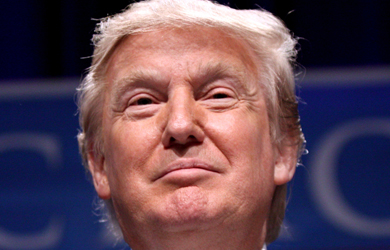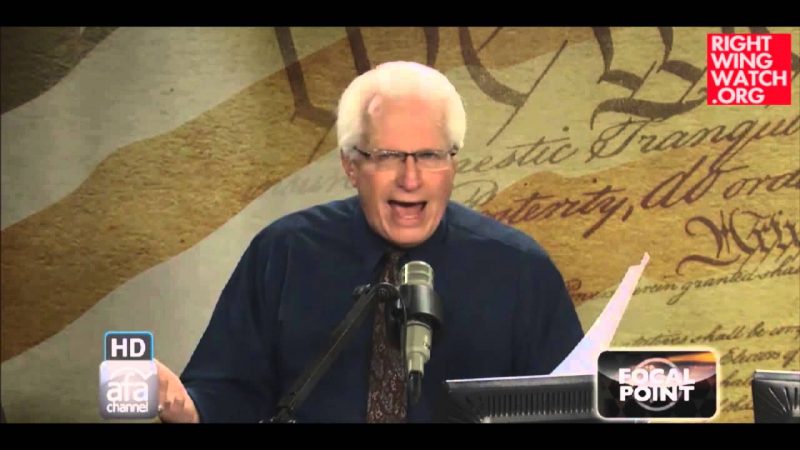Yesterday, Curt Levey of the Committee for Justice made quite a spectacle of himself by suggesting to The Hill that right-wing opponents of Sonia Sotomayor have suspicions about her choice of cuisine and the influence it has on her judicial decision making:
Sotomayor also claimed: “For me, a very special part of my being Latina is the mucho platos de arroz, gandoles y pernir — rice, beans and pork — that I have eaten at countless family holidays and special events.”
This has prompted some Republicans to muse privately about whether Sotomayor is suggesting that distinctive Puerto Rican cuisine such as patitas de cerdo con garbanzo — pigs’ feet with chickpeas — would somehow, in some small way influence her verdicts from the bench.
Curt Levey, the executive director of the Committee for Justice, a conservative-leaning advocacy group, said he wasn’t certain whether Sotomayor had claimed her palate would color her view of legal facts but he said that President Obama’s Supreme Court nominee clearly touts her subjective approach to the law.
“It’s pretty disturbing,” said Levey. “It’s one thing to say that occasionally a judge will despite his or her best efforts to be impartial … allow occasional biases to cloud impartiality.
This sort of nonsense seems to be a sign that Levey and the Right are struggling to figure out how to react to Sotomayor’s nomination, especially since her record on the bench doesn’t appear to be giving them much ammunition:
Curt Levey, executive director of the conservative legal group Committee for Justice, said her judicial record would probably not be enough to stop Sotomayor’s confirmation, given the Democratic dominance in the Senate, but her speeches are another matter. “The best predictor of whether a controversial nominee can be stopped is whether the case against her is based on more than just her legal analysis,” he said … Although Levey acknowledged that his description of Sotomayor as a “wild-eyed judicial activist” would be hard to extract from her record on the bench, he said “her words are the best indication” of how she would see her role as a justice.
Given that that is the case, Levey seems to be adopting a new tactic whereby he uses Sotomayor’s caution and restraint to suggest that she has been meticulously concealing her radical views for years as part of a nefarious plot to secure her confirmation to the Supreme Court:
Over the past two years, Judge Sonia Sotomayor has come face-to-face with two of the most controversial topics in U.S. law: racial preferences and the right to bear arms. In both cases, she tried to duck a fight.
Sotomayor’s handling of those cases will be an issue as the Senate considers her nomination by President Barack Obama to the U.S. Supreme Court. In each, Sotomayor joined two other judges to produce a few sentences of legal reasoning, opting not to make broader arguments that might have influenced other courts.
Sotomayor’s supporters point to the cases as examples of judicial restraint. Her detractors say Sotomayor, 54, was trying to divert attention from the cases, hoping to prevent Supreme Court review and possibly enhance her resume for a promotion.
“It makes me wonder whether she’s just cautious by nature or whether she was already thinking about being appointed to a higher court,” said Curt Levey, executive director of the Committee for Justice in Washington and a critic of the Sotomayor nomination. He said Sotomayor might have been “covering her tracks” by limiting the scope and prominence of the opinions.
Got that? The fact that the Right has very little that it can use to paint Sotomayor as a radical judicial activist is not the result of her decision making has been cautious and reasoned, but rather suggests that she has been systematically “covering her tracks” for more than a decade.








